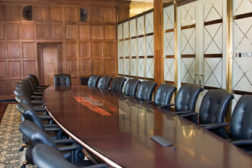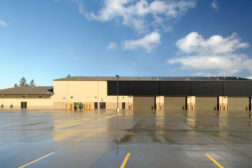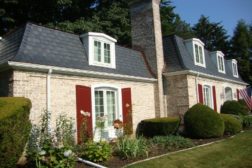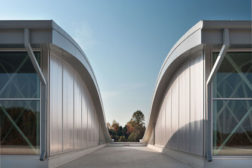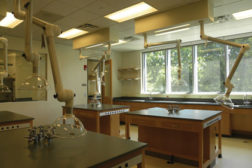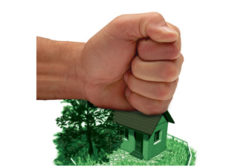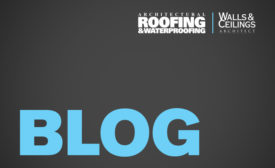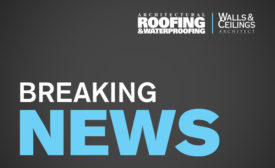Home » LEED
Articles Tagged with ''LEED''
AEC/O+M
Through changes to LEED over time, USGBC has worked to ensure that the performance of LEED buildings lives up to their promise.
Read More
Life Cycle and LEED
LEED v4 is proposing a new approach to materials and resources.
January 2, 2013
Taking notice
A transpired solar collector metal wall system helps an unlikely building achieve a sustainable milestone.
October 25, 2012
The Shape of Healthcare
A regional health facility in Tennessee moulds its LEED Platinum design to fit the needs of staff and visitors.
August 28, 2012
New Rules, New Problems
A construction manager discovers that as the rules of green construction evolve, so do the challenges.
August 1, 2012
Enhance your expertise with unparalleled insights.
Join thousands of building professionals today. Shouldn’t you know what they know?
SUBSCRIBE TODAY!Copyright ©2025. All Rights Reserved BNP Media.
Design, CMS, Hosting & Web Development :: ePublishing

